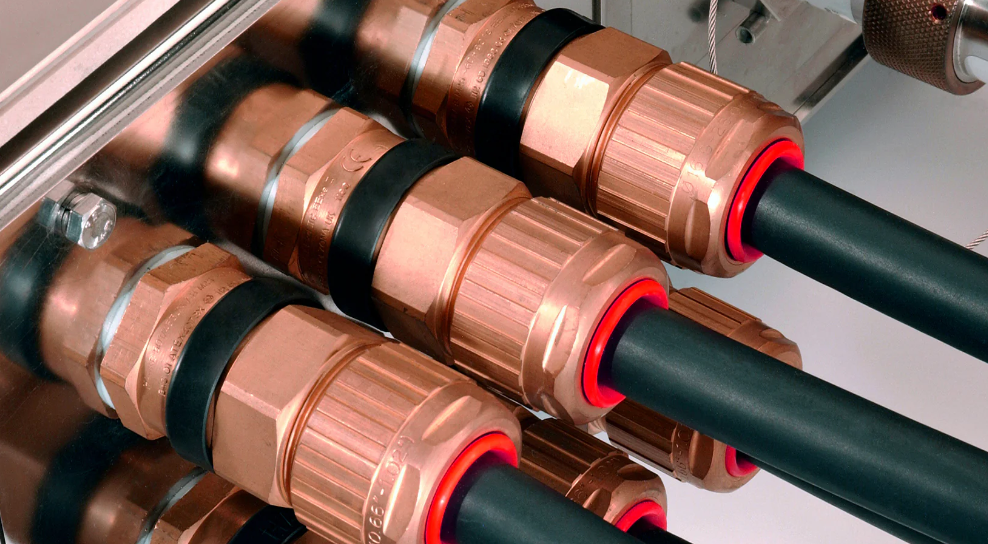When setting up electrical systems, it’s crucial to ensure that all components are matched perfectly to ensure safety and functionality. One such component that plays a pivotal role is the cable gland. It’s used not just to securely attach and seal cables entering a piece of equipment but also to safeguard the connections from various environmental factors.
1. Type of Cable
The kind of cables you are working with will largely dictate the type of cable gland you need. Whether they are armoured or unarmoured cables influences the gland’s design. Armoured cables require glands that can provide an electrical bond to the cable’s armour and ensure earth continuity, whereas unarmoured cable glands are mainly for sealing and retention.
2. Material
Cable glands are available in various materials including brass, stainless steel, plastic, and aluminium. Each material offers different benefits; for instance, brass glands are typically used for general industrial environments, while stainless steel is chosen for its corrosion resistance, making it ideal for harsh or offshore environments. It’s crucial to consider the environmental conditions the gland will be exposed to, such as temperature extremes, UV exposure, and presence of corrosive substances.
3. Certifications and Standards
Choosing a cable gland that complies with international standards and certifications is crucial. This ensures that the product is of high quality and safe to use. Common standards include ISO, IEC, and ATEX. These certifications indicate that the gland can perform effectively under specific conditions, such as explosive atmospheres, enhancing overall safety and reliability.
4. IP Rating
IP (Ingress Protection) ratings determine the level of protection provided against the ingress of dust and water. Knowing the specific IP rating required for your application is essential. For example, a gland with an IP68 rating is dust-tight and can be submerged in water under defined conditions, which would be suitable for outdoor or marine applications.
5. Size and Thread Type
The size of the cable gland must perfectly match the diameter of the cable to ensure a tight seal and adequate protection. Additionally, the thread type of the gland must be compatible with the equipment it is being attached to. There are various thread types like NPT, BSP, and metric; each type suits different thread specifications of enclosures or equipment.
Conclusion
Choosing the right cable gland is critical for the safety and durability of electrical installations. Factoring in the above considerations will help ensure you select the best-fit product that meets both functional demands and compliance requirements. Proper selection goes beyond basic utility—it’s about enhancing performance while ensuring safety and longevity in diverse operational environments.

